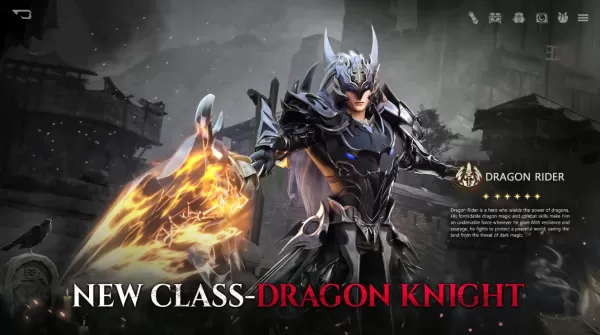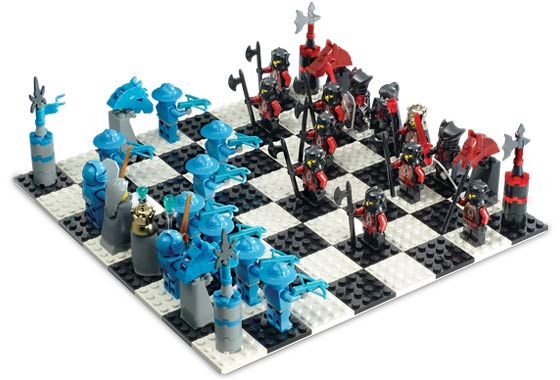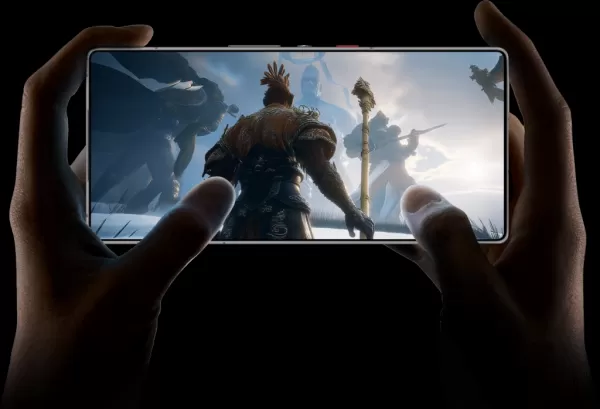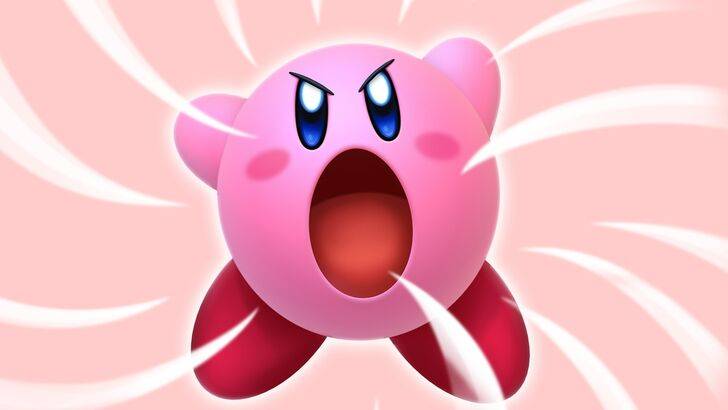
Former Nintendo team members revealed why Kirby's appearance differs between Western and Japanese markets, offering insights into Nintendo's localization philosophy.
Redesigning Kirby for Western Markets
Nintendo's Strategic Rebranding for Western Appeal
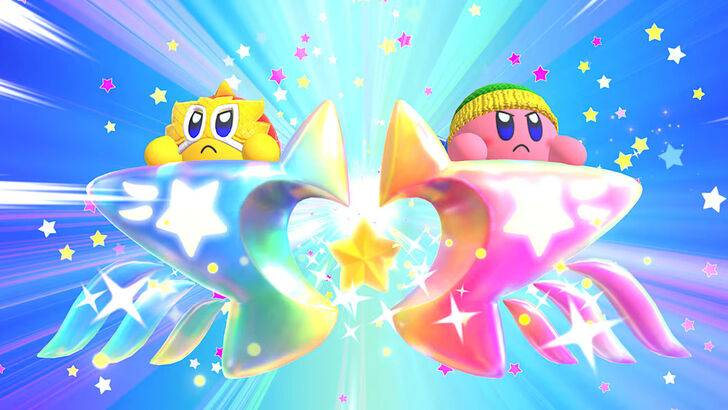
Nintendo deliberately made Kirby appear more intense and determined on Western game covers, leading fans to coin the term "Angry Kirby." Ex-Nintendo Localization Director Leslie Swan explained this strategic decision in a 2025 interview.
Swan clarified that the Western version wasn't meant to look angry but determined: "Japanese audiences of all ages embrace cute characters, while American boys tend to prefer tougher-looking heroes."
Kirby: Triple Deluxe director Shinya Kumazaki noted in 2014 that different markets respond to different Kirby portrayals - cute characters dominate in Japan, while action-focused imagery performs better in the West. However, he emphasized that Kirby's core appeal remains versatile across markets.
The "Super Tuff Pink Puff" Marketing Campaign

Nintendo actively worked to broaden Kirby's appeal through marketing, notably branding the character as "Super Tuff Pink Puff" for 2008's Kirby Super Star Ultra. Former NOA PR manager Krysta Yang explained the company sought to shed its "kiddie" image during that era.
"Being labeled as childish was commercially problematic," Yang recalled, noting Nintendo's deliberate effort to emphasize Kirby's combat abilities over cuteness in Western promotions.
Regional Adaptation Strategies
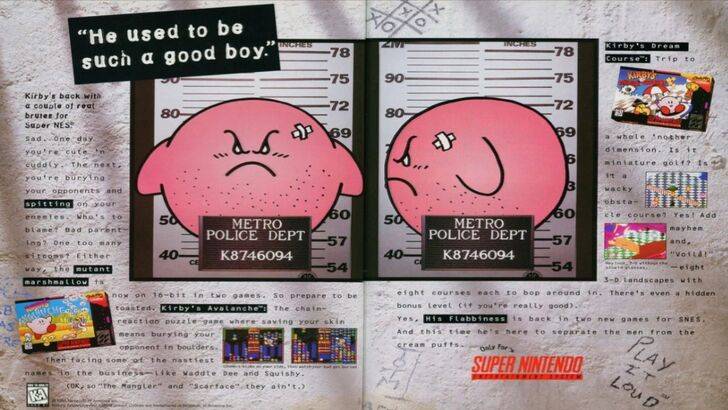
Localization differences became particularly noticeable starting with Nintendo's 1995 "Play It Loud" campaign. For years, Western Kirby packaging featured more intense expressions compared to Japanese versions.
Early Game Boy releases like Kirby's Dream Land (1992) even altered the character's color scheme for Western audiences, appearing white instead of pink on packaging. "The original pink design didn't align with what Western boys considered cool," Swan explained, noting this changed with later console releases.
Nintendo's Modern Global Strategy
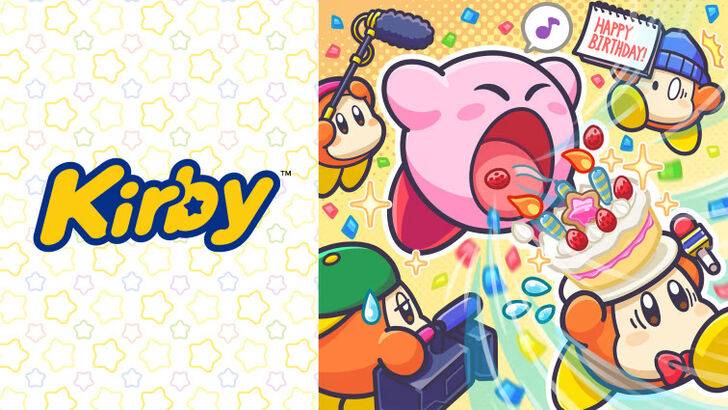
Both Swan and Yang observe Nintendo's shift toward consistent global branding in recent years. The company now coordinates closely between regional offices to maintain uniform marketing approaches worldwide.
Yang notes this strategy presents both benefits and challenges: "Global consistency strengthens brand identity, but may sometimes overlook regional preferences." Some localization experts suggest this reflects broader industry globalization and Western audiences' growing familiarity with Japanese aesthetics.


